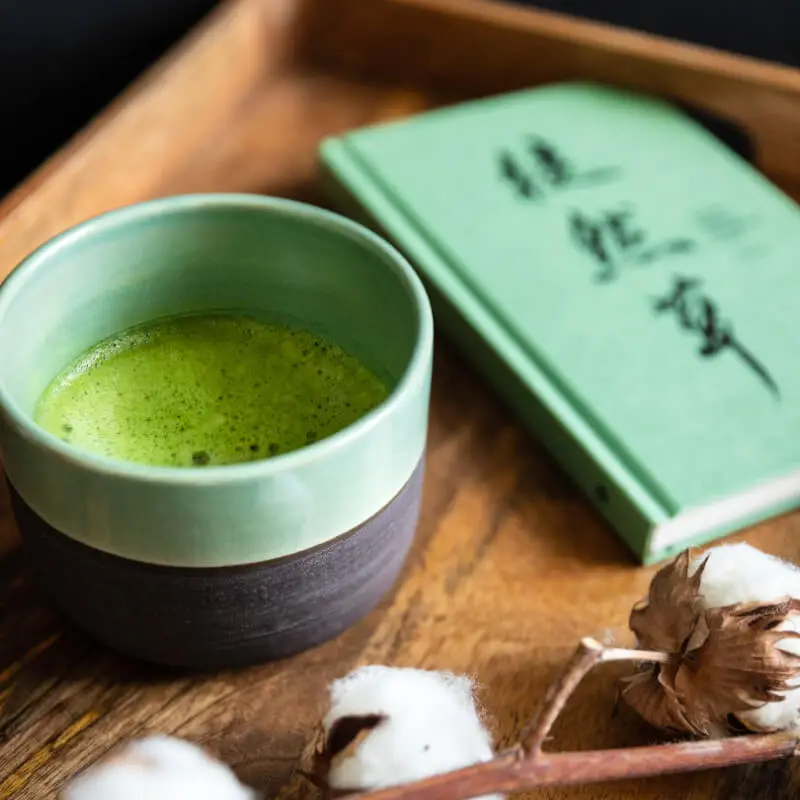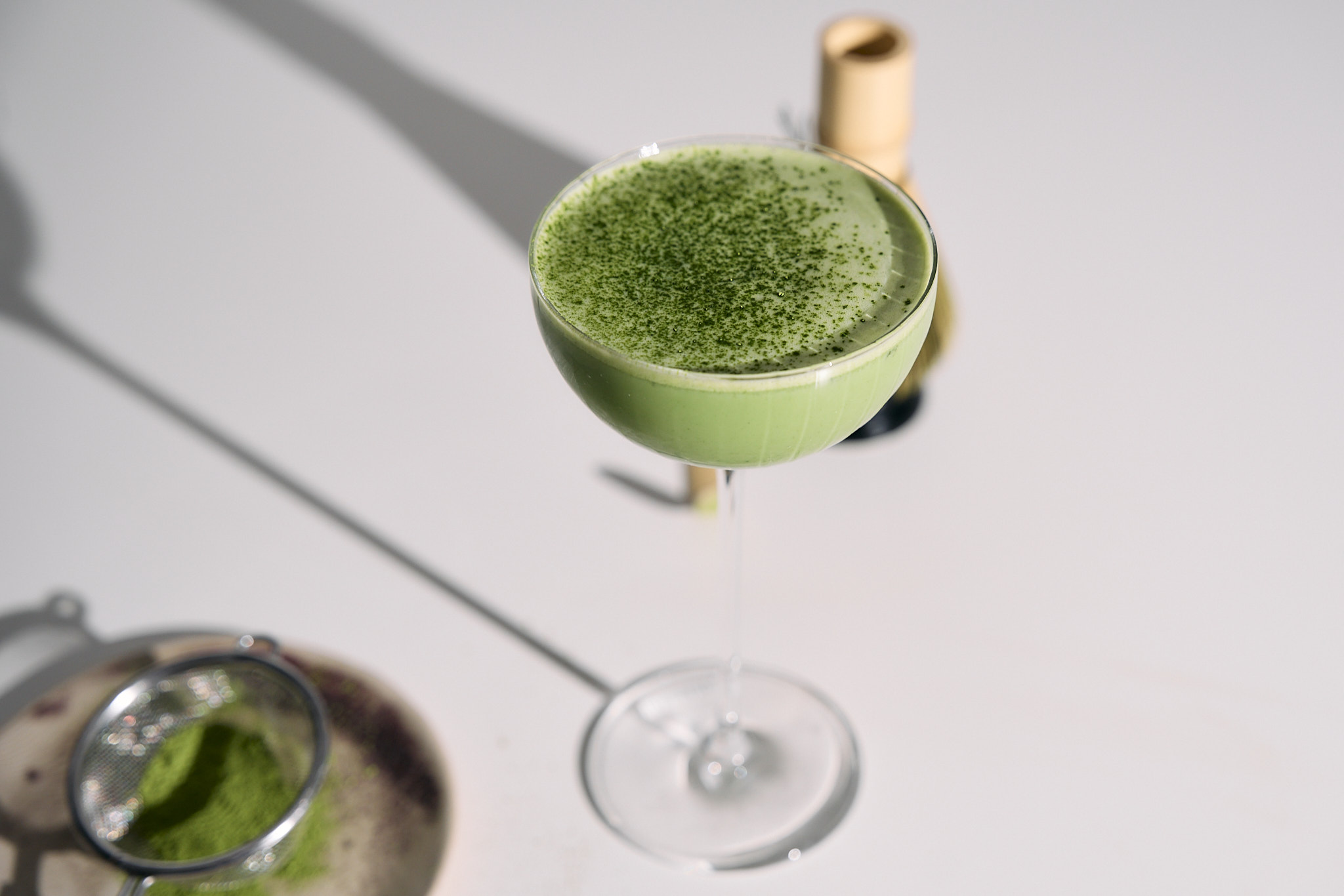Green tea is enjoyed by thousands of its lovers around the globe. It has been cherished for thousands of years, and its popularity has been spreading at the speed of light since Japanese monks discovered its beneficial effects on body and soul. It was they, who discovered the wide range of health properties of green tea, using it as a tool for deep meditation in a state of highest concentration. Today we know that there are many varieties of green tea, each of which shows slightly different properties and a different effect on our health. So which of the kinds of green tea did the Japanese monks drink? Which kind of green tea is the healthiest?
The green tea effect
In spite of their differences, all kinds of green tea are considered to be extremely healthy and beneficial for the body. Each of them is characterized by a high concentration of antioxidants, vitamins and mineral compounds. As a result, almost all types of green tea are characterized by antiviral and antibacterial properties, along with slimming, calming and stimulating effect. However, subtle differences in their effect can be observed. These differences stem from the different ways of processing the leaves intended for the production of each type of dried tea.
Matcha – the healthiest green tea?
The kind of green tea that has a particularly extraordinarily beneficial effect on health is definitely matcha. Matcha is a green tea made from ground tea leaves that are mixed with water and then drunk or consumed in any different form of choice. When drinking matcha, one consumes whole tea leaves, instead of consuming their mere infusion. Matcha’s effect is up to 10 times stronger than that of green leaf tea infusion. In addition, the tea bushes intended for matcha production are grown with the use of a traditional method known as ‘Oishitaen 覆 下 園’, meaning ‘grown in shade’. It consists in blocking almost all sunlight falling onto the tea bushes with the help of traditional bamboo mats. Such process forces the plants to intensify the production of chlorophyll, theine and amino acids, which makes matcha particularly nutritional. Along with goji berries and broccoli, it is one of the most powerful antioxidants found in nature.
Green teas for health
The second most nutritional Japanese tea is definitely Gyokuro tea. Just like matcha, gyokuro is an extremely powerful antioxidant that fights and reduces free radicals – single oxygen molecules that penetrate the structure of cells, wreaking destruction among cellular structures. Gyokuro’s effect stems from the cultivation process similar to the one of matcha. The tea bushes destined for production of gyokuro are also shaded, just not ground.
What about other teas? Popular sencha, due to its high caffeine content, is recommended for those, who would like to lose weight or get energised. Those, who are looking for a perfect addition to everyday meals, are often recommended rice genmaicha and universal bancha. They both have an invaluable effect in supporting the functioning of the digestive system. Hojicha and kukicha are then a great option for those looking for delicious teas with low caffeine content. Therefore, the choice of the perfect tea depends on one’s personal preferences and the desired effect. Itadakimasu (“cheers” in Japanese)!



